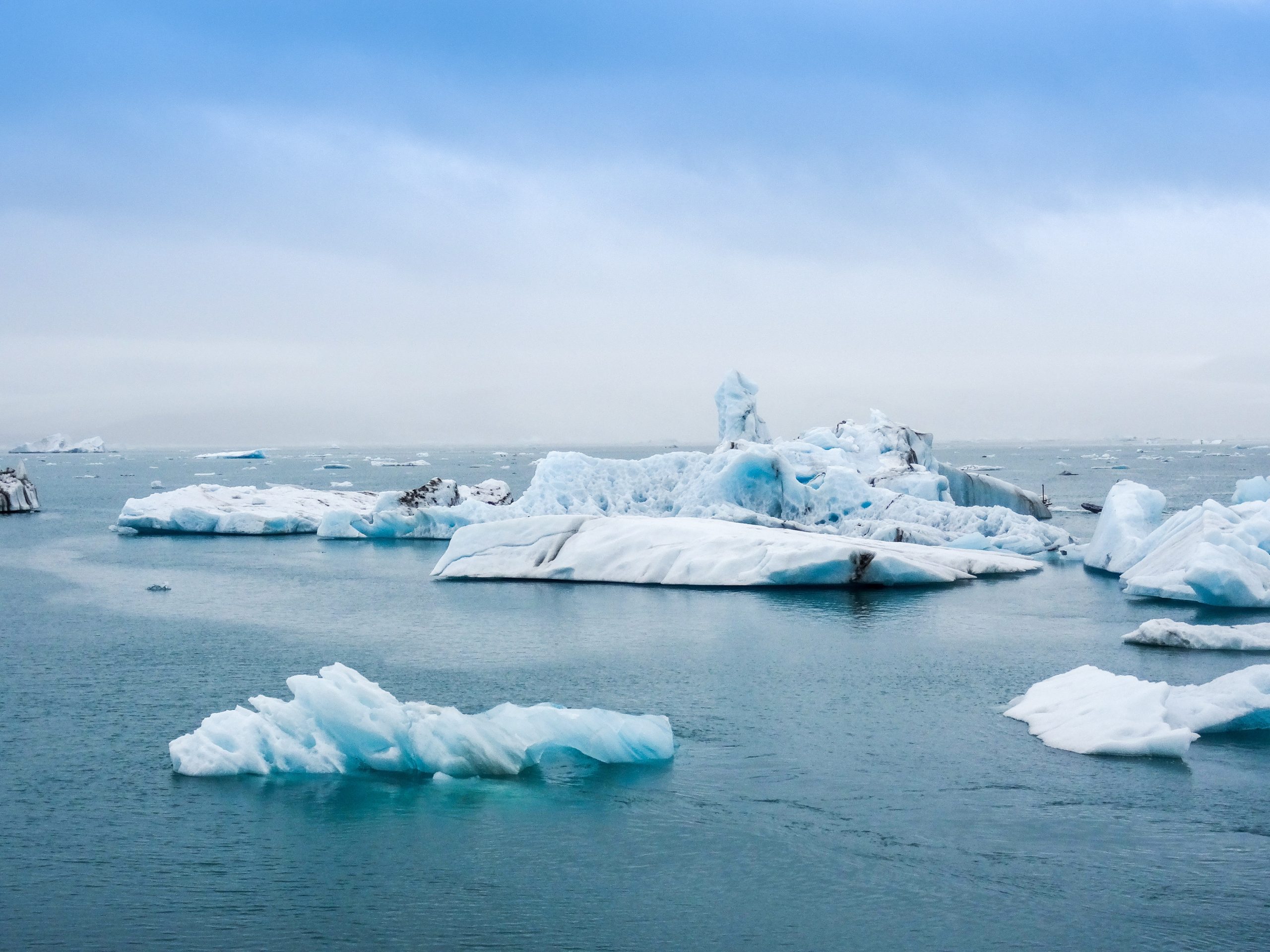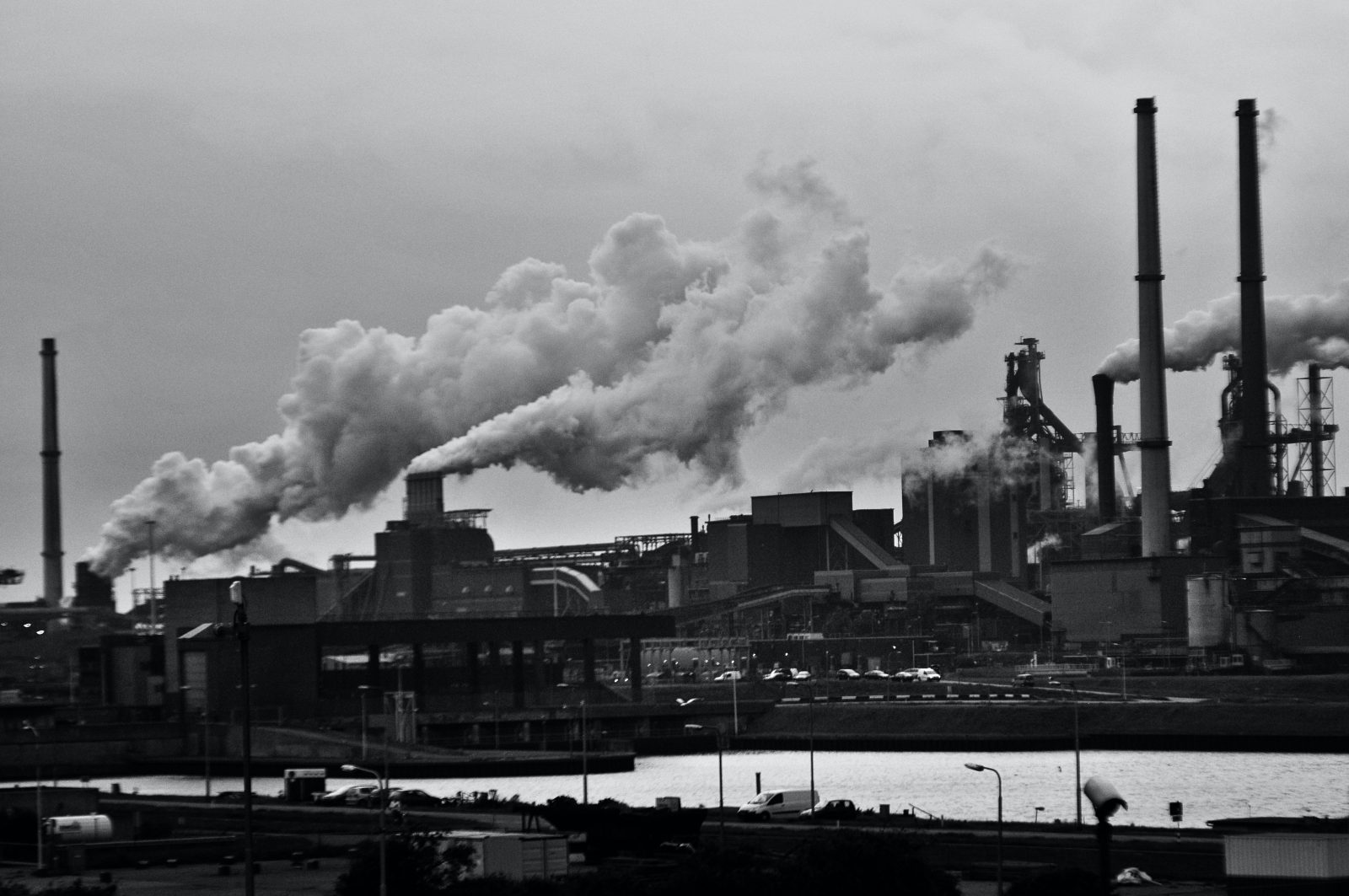3 concerning numbers. 3 variables that cannot simultaneously coexist. And, restrictions of renewable energy sources. This is where we stand on net zero-carbon emission.
What is Zero-Carbon Emission?
Have you read “Living Sustainably: How Can You Reduce Your Carbon Footprint?”, on our website? If so, you are familiar with the effects of carbon emissions and how to minimize them.
This article, however, discusses what has led us to the current state of carbon emissions in the first place.
Zero-carbon emission or net-zero carbon emission (in scientific terms) is the offset of greenhouse gases (GHG) equal to the amount emitted in the atmosphere. Carbon emission more specifically refers to the emission of carbon dioxide (CO2) in the atmosphere. Additionally, CO2 is used as a benchmark to measure other GHG gases (methane, nitrous oxide etc.) in the atmosphere. This is mainly because Carbon dioxide is the largest emitter among the greenhouse gases.
The 3 Big Numbers Concerning Zero Carbon Emission
Bill McKibben, American environmentalist and founder of the campaign group 350.org, brought forth 3 numbers in 2013. These 3 numbers have made humanity realize how close it is to an environmental catastrophe.
The Temperature Increase Which Needs Containing: 2 Degrees Celsius
What usually happens is that solar radiation travels to the Earth. A small amount of this reflects back into space and a large amount enters the Earth’s atmosphere. The Earth then releases the heat back to space. Naturally occurring greenhouse gases trap a portion of this heat that is travelling from the Earth’s surface. This process plays a huge part in sustaining life on our planet.
However, when we humans produce goods and services, we emit greenhouse gases. Take the production of electricity via fossil fuels for example. The use of fossil fuels is universally known to be bad for the environment. Add the huge amount of it that is required to produce approximately 23,398 terawatt-hours, the amount of GHGs continuously emitting is unfathomable.
These man-made greenhouse gases (especially CO2) then join the naturally occurring greenhouse gases already in the atmosphere. What this does is trap more heat than necessary inside the Earth. As you can guess, this makes the Earth hotter than it needs to be.
And it should not be surprising that an increase in the Earth’s hotness, parallelly corresponds with an increase in its temperature. This increase in temperature should be kept within 2 degrees celsius. In other words, we cannot allow the Earth’s temperature to increase by more than 2 degrees celsius.
Environmental disasters like increased droughts and ice melting in the cold regions will occur if the temperature exceeds this.

The Amount Of Poison We Can Afford To Release: 565 Gigatons
McKibben further clarifies the amount of CO2 gas we can afford to release into the atmosphere. It is 565 Gigatons if we are to maintain an increase of the Earth’s temperature within 2 degrees celsius. For context, the energy released by one unit of gigaton is similar to 1,000,000,000 tons of energy released by TNTs. This already sounds like a lot of energy to give off. Yet, the powers that be have different ideas in mind.
The Amount Of Poison That The Powers That Be Plan To Release: 2795 Gigatons
The major producers of CO2 are undoubtedly the countries that are producing them. They have an astronomical amount of carbon dioxide gas they are waiting to release. 2795 gigatons to be exact. This is 5 times more than the 565 gigatons we should be released to keep the increase in Earth’s temperature within 2 degrees celsius. So why cannot these countries prevent the release of such a large amount of CO2?
The Energy Trilemma
The development of a nation takes a huge effort. It also has a huge toll. Oftentimes it is the case that the environment pays the toll. Governments of these nations are prepared to pay this toll for the sake of their country’s economic growth. The assumption that this sacrifice is sole because of economic growth is also wrong.
Countries give their national security priority equivalent to their economic growth. So in essence, they value their national security and economic growth more than they value their environment.
Take the United States of America for example. We can all be in agreement that it is the most developed country in the modern world. But it produces one of the largest volumes of CO2 gas.
Surprising, right?
But it explains how their economy is strong. The infrastructure required to maintain such a strong economy requires resources. And these resources come into existence via fossil fuels that emit carbon dioxide like crazy.
Similar to their spending on infrastructure, the United States of America also spends significant amounts on their national defense. As of 2019, it is 1.92 trillion US dollars. This amount contributes in creating defense weapons and vehicles. Their production consequently produces CO2 on a large scale.
So does the USA not care about the harm they are causing to the environment? Sure they do. This is evident from their participation in conferences which focuses on lessening the damages caused to the environment. However, it is difficult for them to implement any effective changes because of the priority they give to their economy and national security.
This is what is termed as the energy trilemma. The way things currently stand, a country cannot have economic growth, national security and a healthy environment simultaneously. It has to sacrifice one variable to achieve success in the other two.
Renewable Sources of Energy
You may ask, “Why not shift to renewable sources of energy such as solar and wind?” While they provide better solutions for the environment, their use is not practical yet. Take solar energy for example. It does not cost much to maintain them once they are installed. But it is costly to install them initially. It is this cost that deters people from using them. More importantly, renewable sources of energy are intermittent. In other words, they cannot be stored for future use. The energy obtained from them has to be used immediately. So if it is nighttime, the use of solar energy becomes very limited.
Conclusion
Achieving net-zero carbon emission is difficult. But with current technological advancements and with a change in developed countries’ mindset, it is achievable. Easier said than done though.


























Leave a Reply